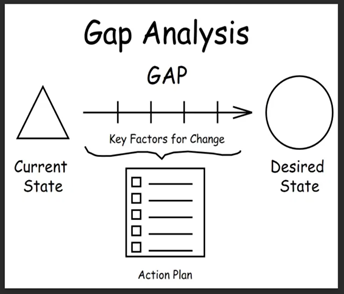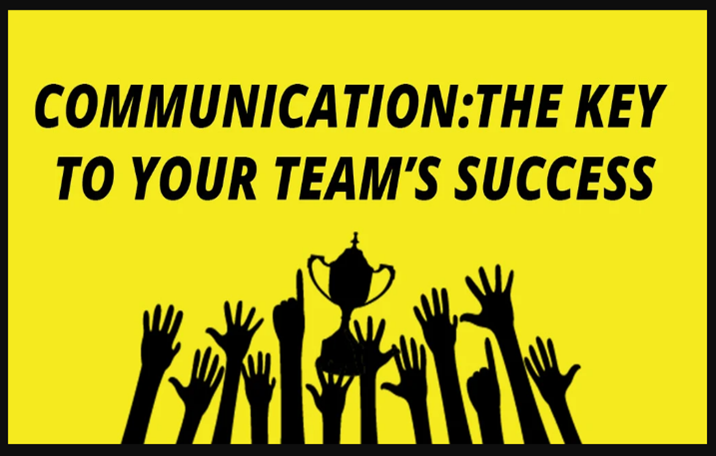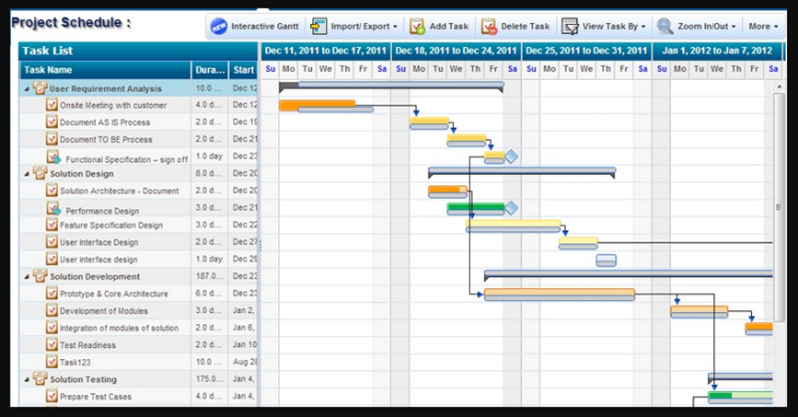Have you ever been the lucky person selected to jump in and fix a project that was in the ditch? Have you had projects that had deliverables that were taking forever to build, test, and deploy? Symptoms of these projects usually center around:
- Projects dragging on and nothing being delivered due to changes or vague criteria.
- Costs increasing and exceeding the budgeted amount because the schedule is pushing out.
- Project resources are disgruntled because they are not making any progress.
- Vendors are frustrated because their fix-priced budget is eating into their profits.
- Management is upset because financial and human resources are being wasted.
Fear not! There is a proven recipe to help get the project out of the ditch and back on the road to success. So, put on your superhero cape and just following these 6 steps:
- Read the SOW/Charter to determine what was agreed upon.
- Work with team to create formal processes for implementation.
- Get the project team on board and focused on priorities.
- Communicate, communicate, communicate!
- Update project schedule with a realistic timeline.
- Ask for everyone’s support!
#1 SOW / Charter Review

Most people read the SOW/Charter and just jump in and start doing work. They don’t take a minute to determine if the goal is clearly defined and everyone understands what needs to be accomplished.
What are we trying to achieve and what is the success criteria that determines completion? Does it make sense? If not, then take a minute with the sponsor and project team to further define or raise up a level (if there is too much unnecessary detail) to where you have an achievable goal that makes sense for the implementation. Discuss the changes with the executive sponsor and/or vendor and come to an agreement. The SOW/Charter should be amended to reflect the agreed upon direction.
Once the goal is clearly defined, do a gap analysis on what the SOW/Charter says and what has been accomplished to date. How far are we from completing? Work with the stakeholders/project team to determine what it will take to successfully complete the project. Now you have an implementation strategy and can create the implementation plan.
#2 Formal Implementation Processes
For any implementation plan to run successfully, you need formal processes and procedures for: requirements gathering, building, testing, issue tracking, escalation, moving into production, and change management. These processes and procedures should be created with the project team and reviewed by the project’s stakeholders/management. If they were previously created and not followed, review again to see if updates are needed. This way the people involved in creating/reviewing them are obligated to follow them, and the stakeholders/management knows there are processes and can support you.
Document these processes in easy-to-read flow diagrams, so they can be quickly referenced and updated. If further definition is needed, you can accompany the flow with a document. As a rule, the simpler the process/procedure is documented, the easy it is to follow and manage.
#3 Setting Priorities

Now that you have a goal and a way to get there, have the sponsor and project team help you set priorities. This is important for getting everyone on the same page and focused on what’s most important. Priority setting should not be done in a vacuum. Even if you draft the priorities, have an open discussion with the sponsor and project team to verify that it’s the right priority. This technique will provide focus and commitment with the team. Everyone will then understand what should be worked on and when and why, which will allow the team to be self-managing.
#4 Communicate Communicate Communicate!

Even though everyone is now busy working on the right things, communication is key to maintaining this positive direction. You can do this in many ways, but at minimum this should be done:
- Have a common repository to collect information, focus on work items, and communicate progress. One way to do that is to have a SharePoint Project Portal. By having the project documentation in one place, documents and decisions will not be lost in e-mails and you will always have access to the most current information. Setup the following:
- Focus areas; one for the full implementation and one for the current week.
- Folders for Requirements, Test Plans, Project Documentation, Statuses, etc.
- Lists for Issues, Action Items, Risk Register.
- Links to other sites that are important to the project.
- Contact information for the project team and stakeholders.
- Add anything to the project portal that will help you communicate and provide the project team what they need to be successful.
- Schedule weekly meetings for the project team to coordinate, discuss progress, address issues, determine next steps.
- Schedule periodic (usually bi-weekly or monthly) sponsor/mgmt. meetings to review status and how they can help the project progress. However, if critical issues arise, notify them immediately, so they know what’s going on and can possibly help address the issues.
- Make sure processes/procedures are being followed. Discuss immediately with the person is who is not following them and understand why. If the process/procedure needs to be updated, review with the project team to make the necessary adjustments. If not, discuss the reason why the process/procedure is in place and get commitment from the person that they will follow them in the future. Remember the processes and procedures are there to support the project success and needs to be followed
#5 Update the Project Schedule
With a revised implementation plan, formal procedures, and direction, the project schedule will need to be updated and re-baselined. This is key to providing real deliverable dates and having the project team motivated in achieving them.

First review the project schedule with the project team to make sure everything is covered, and they believe the milestones are achievable. Note the high-risk areas.
This project schedule should be realistic, so in the high-risk areas incorporate contingency tasks, so their duration can be used if needed. This will push the milestone dates out, but it will still provide the team with the original target date and add slack, if needed.

Review the project schedule with the sponsor / management to make sure they are on board. If so, re-baseline the schedule, so you have new dates to shoot for and to hold people accountable to.
If unforeseen issues arise or things change, make sure you use the Change Management process to document the change and the change’s impact to the project. If the change impacts the Go Live or In Service date on the schedule, then re-baselining will be necessary. Make sure all schedule baseline changes are approved by the sponsor prior to publishing.
#6 Ask for Everyone’s Support!
Nobody likes to work on a project that is not doing well, but the effort to get it on the right track is no easy feat and takes the commitment of everyone involved. Ask the sponsor, project team, management, stakeholders, vendors for their support in getting the project heading in the right direction. Everyone wants to be a part of a successfully team, but to have a successful project they need to:
- Follow the set processes and procedures.
- Communicate status and issues.
- Share information and updated information on the project portal.
- Achieve the milestone dates everyone agreed to.
- Identify improvements or efficiencies that can be achieved in the implementation process.

Think of the project gone awry as an opportunity to succeed under dire circumstances! If management didn’t think you could pull this off, they wouldn’t have asked you to put on your superhero cape and get the project on the right track. By having the ability to get projects out of the ditch, you’ll be known as the “Go To” project manager. Yes, you may have battles scars throughout the process, but there is no better feeling to turn a troubled project into a successful one. Good luck and be careful out there!
For more information on how we can help you and your project management team, send us an email
If you are looking to kick start your project management journey, sign up for our Microsoft Training Classes. We hope you find this blog post helpful. For more tips and tricks on Project Management, follow us on LinkedIn and Instagram

